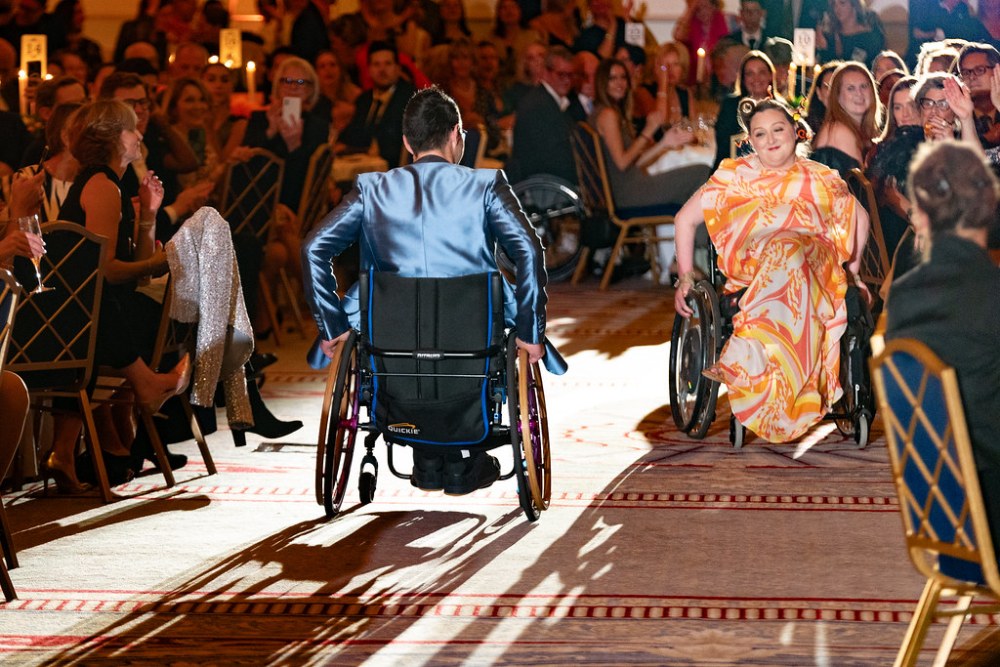New research reveals how nerve cells can be protected against ALS

Researchers have discovered why some nerve cells resist ALS and identified protective factors that could open new paths for treatment.
By examining millions of messenger RNA molecules during disease progression, scientists found that motor neurons controlling eye muscles resist ALS because they sustain high levels of protective proteins.
The study focused on a hereditary form of amyotrophic lateral sclerosis (ALS) caused by mutations in the SOD1 gene.
ALS, also known as motor neurone disease, leads to the death of nerve cells that control voluntary muscles, resulting in paralysis.
Researchers from Stockholm University, working with the Paris Brain Institute and Örebro University, found that resistant motor neurons naturally produce high levels of protective factors including Engrailed-1 (En1), Parvalbumin, Cd63 and Galanin.
These proteins act as shields against the disease.
Eva Hedlund is professor of neurochemistry at Stockholm University and head of the study.
She said: “We have gained a better understanding of how nerve cells can be protected against ALS. This opens up new targets for future therapies.”
Motor neurons are nerve cells that control movement. While most are vulnerable to ALS, those directing eye movements remain unaffected.
The study showed these resistant cells do not respond strongly to SOD1 mutations, likely due to their protective protein levels.
“From previous research, we know that it can protect sensitive neurons from breaking down,” said co-author Dr Melanie Leboeuf.
“But the fact that the protective factor is produced at such high levels in the resistant motor neurons that control eye movements was a surprise.”
The team also found that vulnerable motor neurons try to protect themselves by switching on genes usually active in resistant cells.
They also attempted to rebuild lost muscle connections through regeneration-promoting genes, though these efforts eventually failed.
Hedlund said: “The nerve cells show clear signs of trying to protect themselves and activate genes that are normally high in the resistant nerve cells, such as En1, Pvalb, Cd63 and Gal.
“They also try to re-establish lost contact with the muscles by activating regeneration-promoting genes such as Atf3 and Sprr1a, even though these attempts ultimately fail.”
Using machine learning, the researchers identified genes VGF, INA and PENK as strong disease indicators across different mutations, suggesting potential as biomarkers for diagnosis.
Irene Mei, PhD student at Stockholm University’s Department of Biomedical Sciences and Biophysics and first author, said: “We see a possibility that these genes could eventually be used as biomarkers for the disease and help with diagnosis and prognosis.
The findings suggest new treatment options by encouraging protective responses while limiting harmful ones.
“By trying to stimulate the cells to suppress the bad responses and instead further stimulate those that are important for survival, there is a chance that we may see positive results in the future,” Hedlund added.
ALS affects 85–90 per cent of patients sporadically, without family history.
The remaining 10–15 per cent of cases are hereditary, with SOD1 mutations accounting for about 2 per cent of all ALS cases and around 20 per cent of genetic cases.
While no cure exists for sporadic ALS, the drug Tofersen was recently approved in the EU for SOD1-linked cases, though not yet in Sweden.









